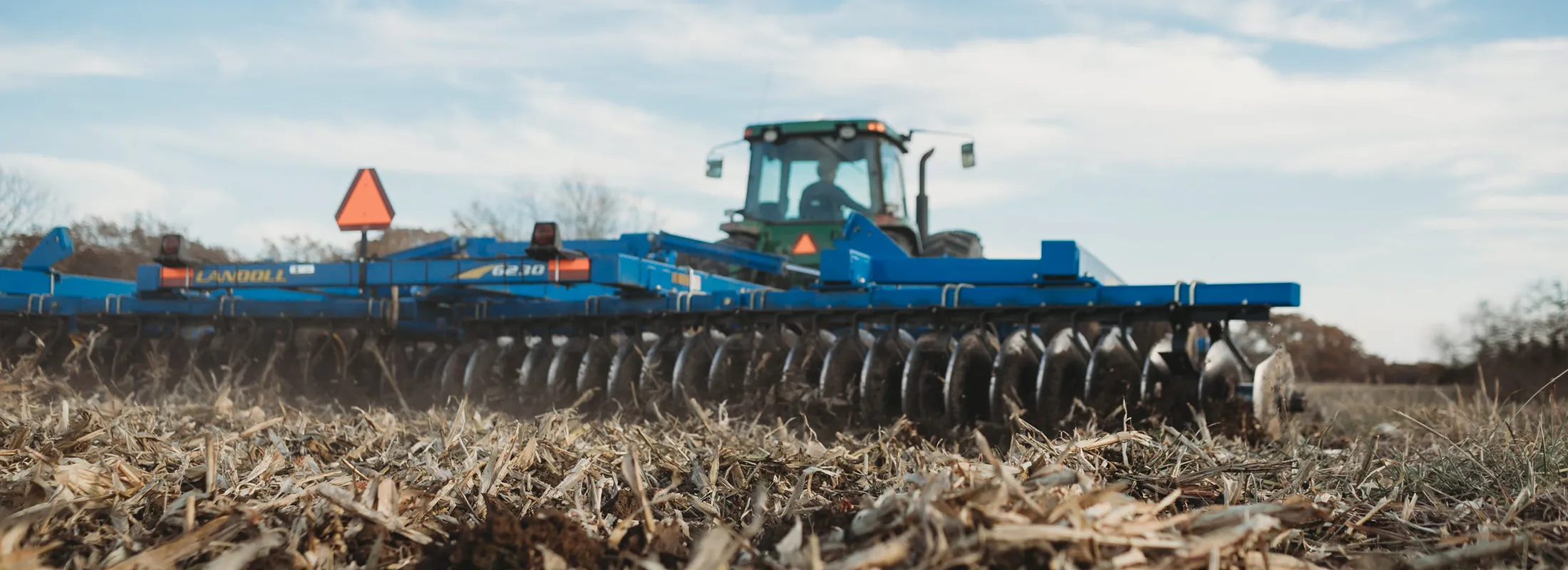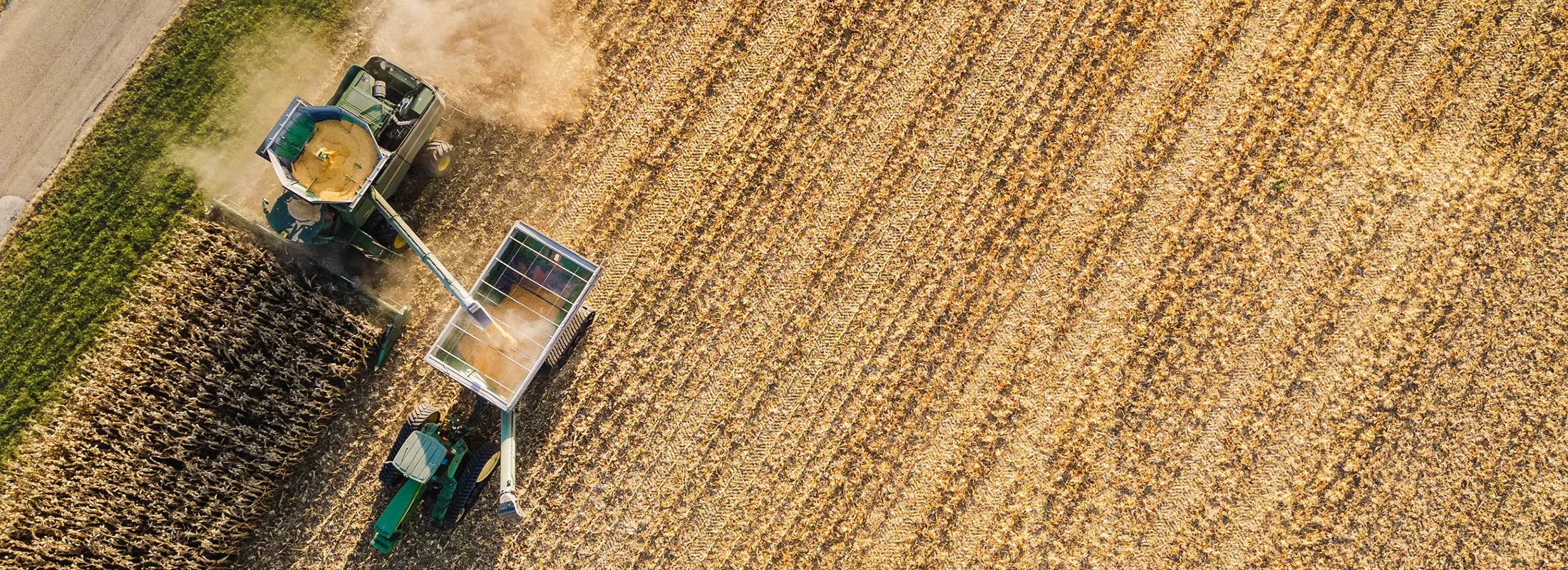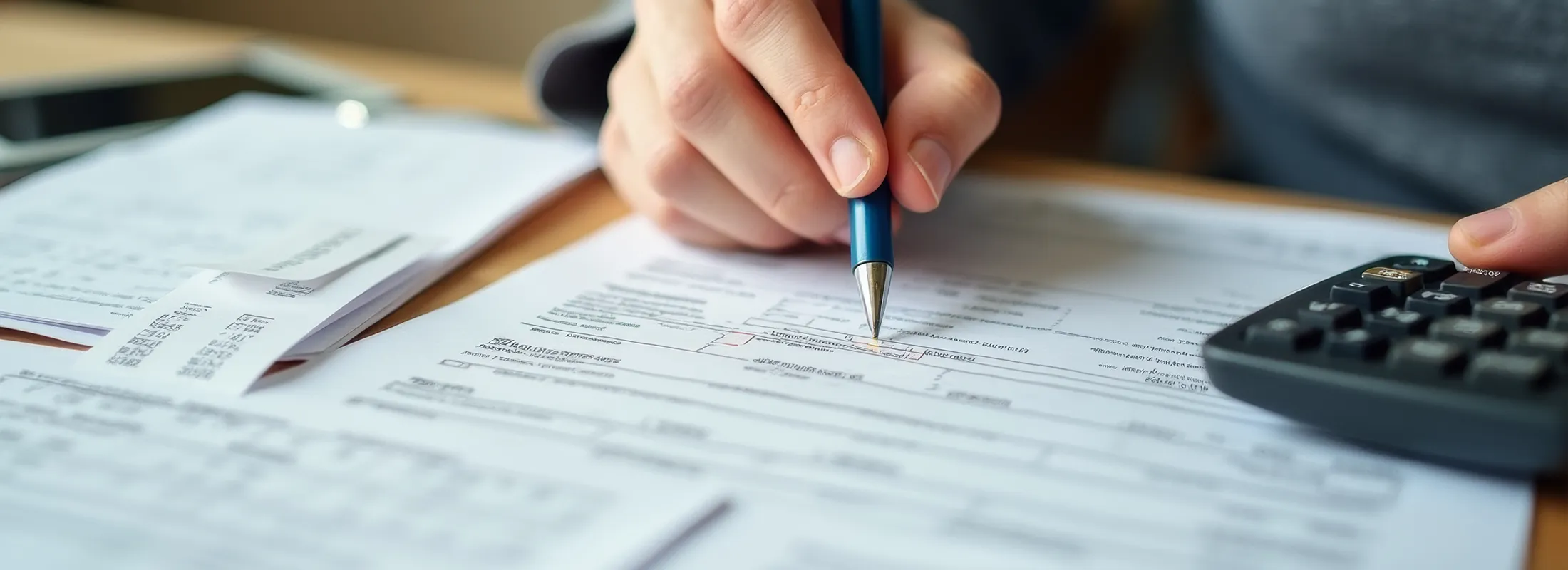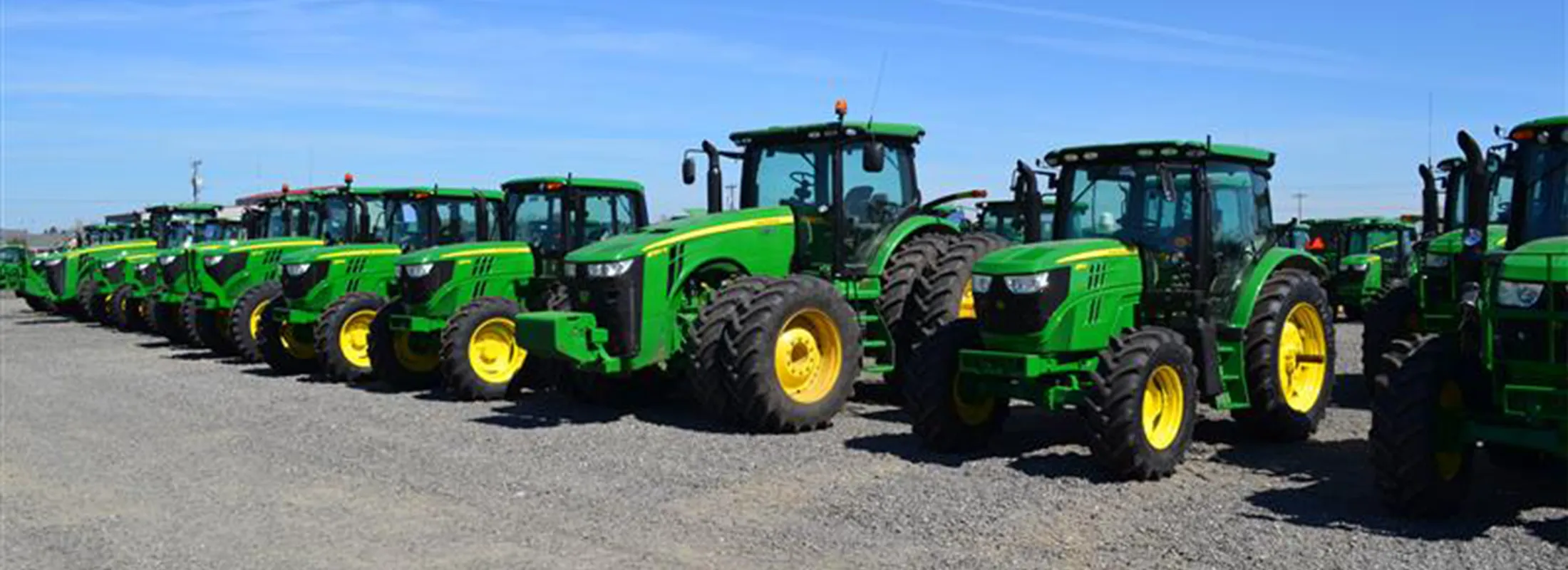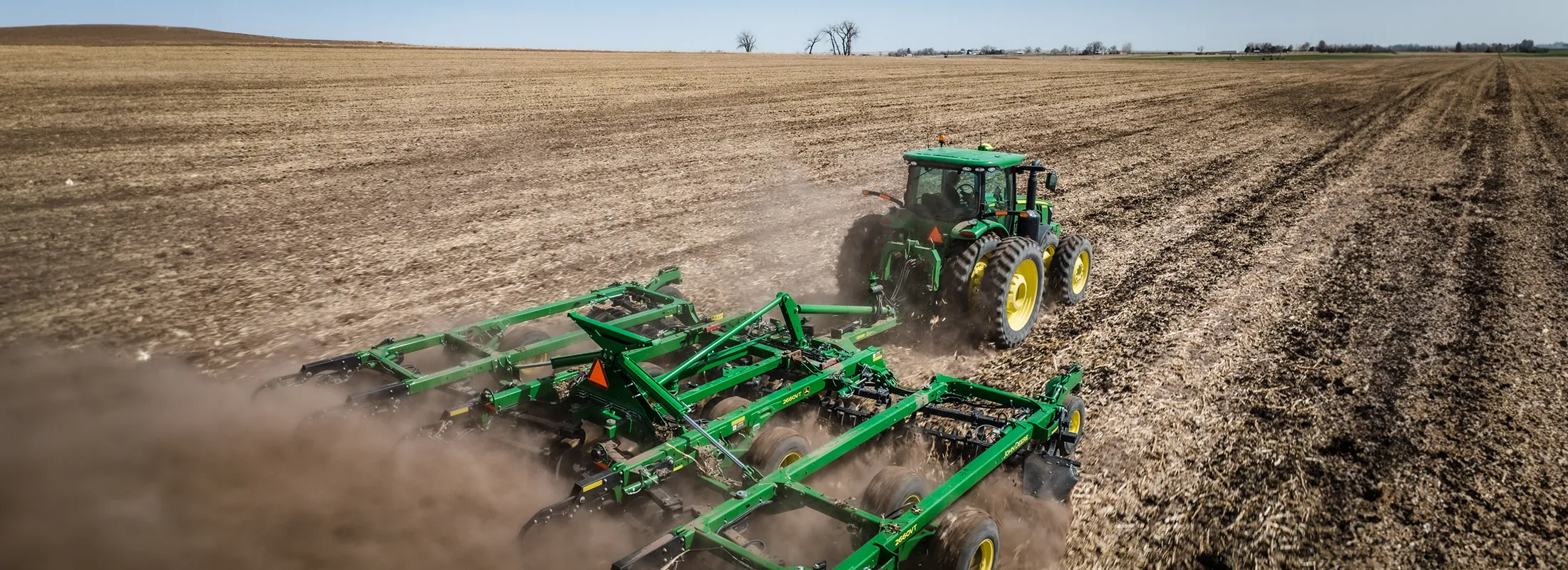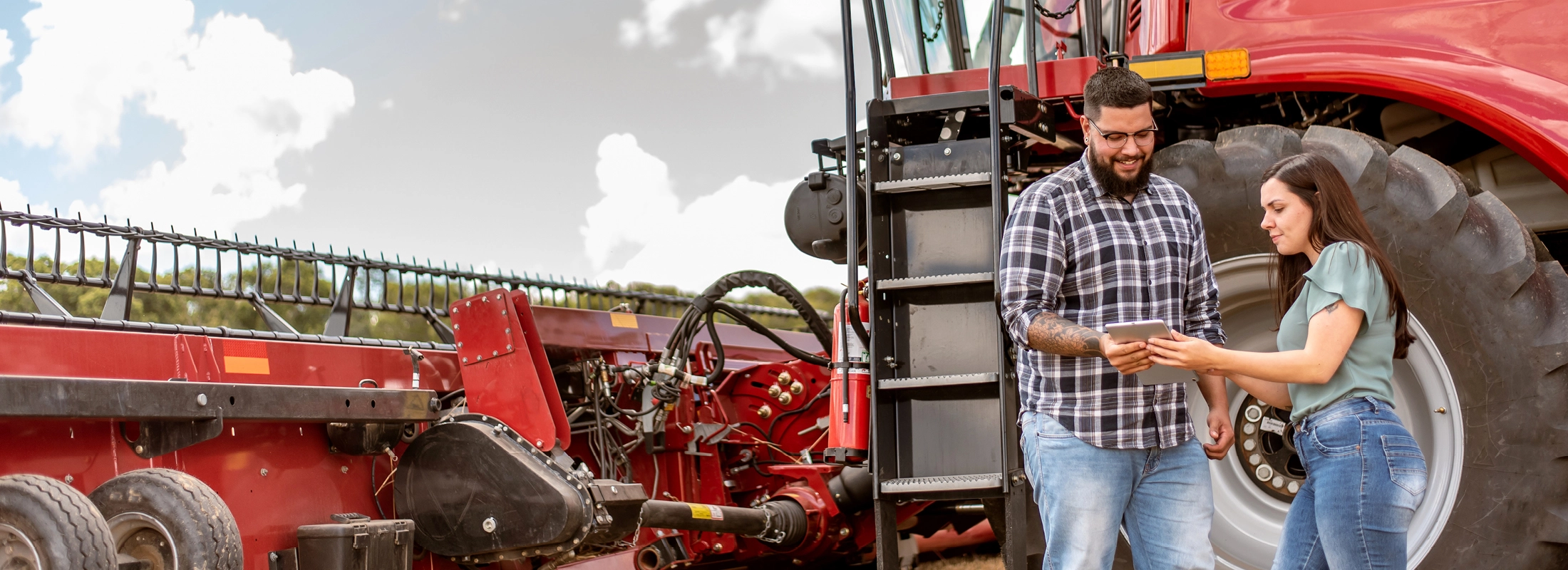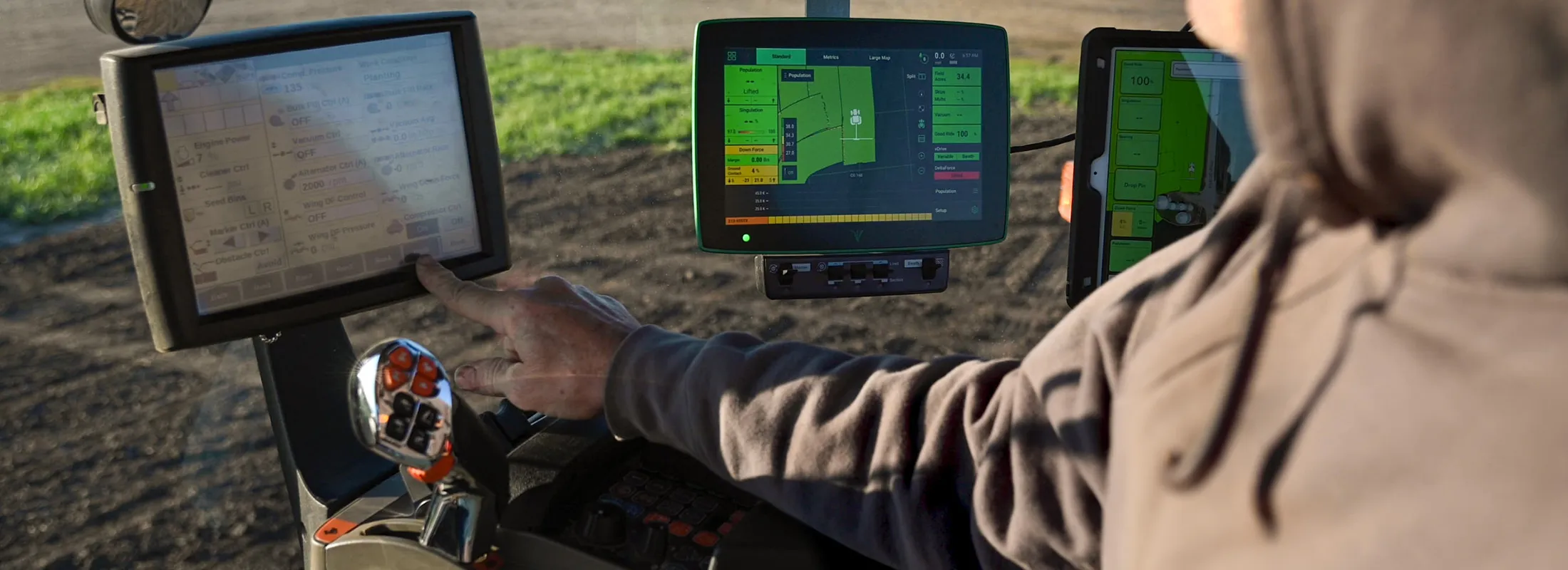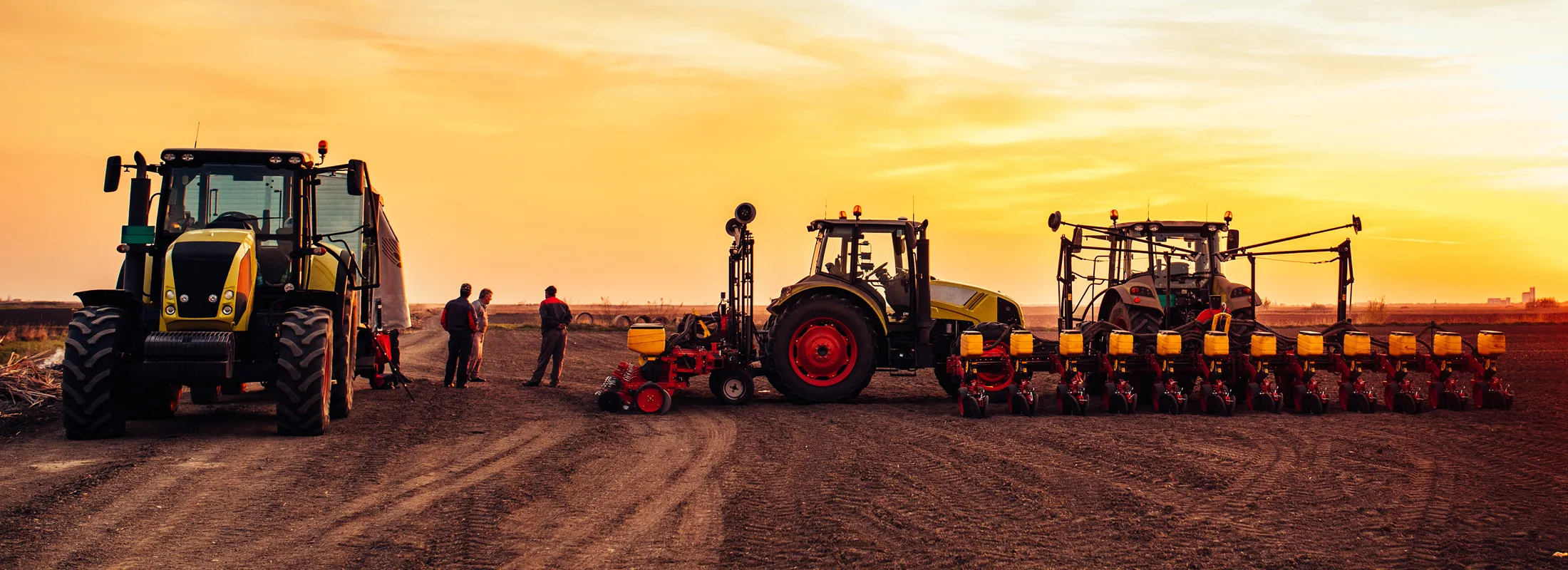Freeing up working capital on equipment payments can make a big difference in a producer’s ability to cash flow their operation, especially during prolonged periods of tight profit margins.
“For many producers, net farm income is going to be down this year and because there is a lot of depreciation allowance available right now, maximizing tax deductions is not going to be as critical as freeing up working capital when it comes to financing machinery purchases,” says Iowa AgDirect territory manager Dan Takle.
As one of the leading equipment financing programs in the nation, AgDirect understands the economic pressures producers face. That’s why AgDirect offers creative financing options, such as purchase leasebacks, to help recapture working capital.
"As producers continue to get savvier about tax strategy and the cash flow benefits leasing can have on their operation, they see how valuable a purchase leaseback can be.
"
The purchase leaseback process
Qualifying for an AgDirect purchase leaseback (PLB) is one of the quickest ways producers can increase liquidity, optimize cash flow and manage risk. Without interruption of use, the product allows customers to convert any new or used equipment they have previously acquired into a lease even if they have paid cash or financed the piece. AgDirect will write a lease on the asset for the full equipment value and reimburse the cash to the producer, or pay off the current loan or lease, and apply any equity toward the first lease payment.
Purchase leaseback example
Example: A producer buys a used tractor in March for $300,000 and writes a check for the purchase. During the year, the producer pays cash for some other equipment and is looking to buy a farm that will require a down payment, so he wants to restore some liquidity to his balance sheet. Using a PLB, AgDirect writes the producer a lease on the tractor and sends him a check for the $300,000 less the first annual lease payment. This adds to the producer’s working capital and provides a payment that is easier to cash flow. In this scenario, the lease could be structured as a tax lease where he would expense the lease payment or as a conditional sales contract where the producer could use all of the depreciation that is available to him.
“AgDirect has been offering purchase leasebacks for more than a decade and they have increased in popularity over the years,” says Takle. “As producers continue to get savvier about tax strategy and the cash flow benefits leasing can have on their operation, they see how valuable a purchase leaseback can be.”
In many instances a producer can lower their annual payment on an asset they are currently using by rolling it into a purchase leaseback. A big advantage of a purchase leaseback is it frees up working capital to use in other parts of the operation.
“Rather than fully depreciating an asset in the first year with no deductions remaining for future years, a purchase leaseback sets a consistent annual write-off over the term of the lease which aids in long-term financial planning,” adds Takle. “Producers can also use a purchase leaseback to increase cash reserves and preserve Section 179 and bonus depreciation deductions.”
Other purchase leaseback considerations
Purchase leasebacks are offered on all assets typically leased by AgDirect regardless of when the equipment was originally acquired. However, if the asset was acquired in a prior tax year and if depreciation has already been taken on the asset, then AgDirect would recommend a conditional sale type of purchase leaseback.
The most popular conditional sale option is a Purchase Upon Termination (PUT) purchase leaseback. With this type, the producer maintains tax ownership of the asset and continues to depreciate the asset during the life of the PLB agreement.
“There is no gain recognized and the producer benefits from lower payments than with a loan because the lease has a balloon-like residual, Takle explains. “At the end of the lease, the producer has the option to either purchase the asset for the residual or they can trade it in at any time during the leasing period. This offers a great deal of flexibility along with low payments.”
Looking for financing options to recapture your working capital? Consider a purchase leaseback with AgDirect. Producers should always consult with an accountant or another tax professional before entering into any lease agreement.
